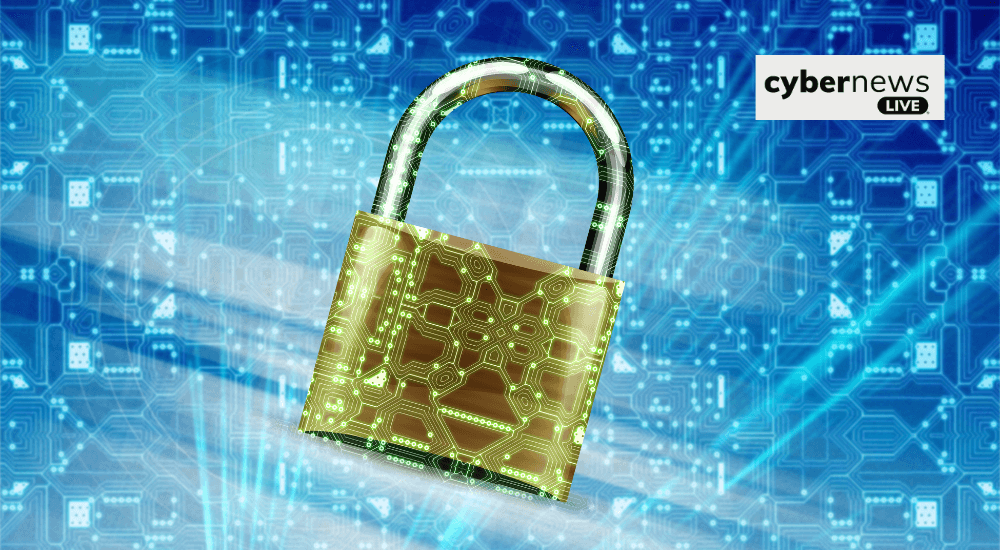
Cyber Security Awareness for Retailers: How to Protect Your Business During Peak Shopping Periods
The holiday season is the pinnacle of commercial activity for online retailers, characterised by significant sales spikes and heightened consumer activity. This period, synonymous with a surge in consumer demand, also heralds a heightened risk environment for cyber threats. As digital commerce experiences an unparalleled surge in transactions, so too do the efforts of cyber criminals eager to exploit any vulnerabilities in the e-commerce ecosystem. Malicious bots, API, and DDoS attacks are examples of these threats, each with enormous potential to disrupt operations, steal sensitive data, or even bring entire platforms to a standstill.
While online shopping has undeniably provided numerous benefits to society, it has also introduced significant challenges in retail cyber security. These challenges are particularly pronounced during peak shopping seasons, as the volume of transactions increases, making e-commerce sites prime targets for cyber threats. The evolving nature of these security risks requires constant vigilance and adaptation within the retail sector.
Let’s discuss retail cyber security best practices to help safeguard your business and customers and ensure a secure, smooth, festive holiday season.
Retail Cyber Security Best Practices to Build a Solid Defense

To effectively combat cyber attacks, retailers should consider implementing strong security measures. Here are some crucial strategies:
Continuous Security Testing
Retailers must continuously evaluate the security of their digital systems, applications, and networks to detect and address potential tools. They can employ dynamic and static tools to detect possible vulnerabilities. However, these automated tools should be supplemented with manual penetration testing performed by skilled security professionals, ensuring more accurate risk identification and minimising false positives and negatives. Vulnerabilities should be prioritised based on their potential impact, allowing retailers to address the most critical issues first and mitigate risks effectively.
Adherence with Industry Standards
Retailers handling customers’ payments must adhere to the industry standards to safeguard this information. In addition, retailers operating in specific regions must also comply with relevant data protection regulations. These standards help prevent data breaches, avoid costly fines, and foster customer confidence. Compliance with these regulations is a legal obligation essential to maintaining a secure and trustworthy e-commerce environment.
Implement Essential Measures
Retailers should also employ security measures such as firewalls to create barriers between the internet and internal networks, preventing unauthorised access. Also, regular antivirus software identifies and eliminates malicious files from systems. Sensitive data, both in transit and at rest, must be encrypted to ensure it remains protected from unauthorised access or interception. Additionally, it is imperative to establish a routine for backing up critical systems, such as websites, Point-of-Sale (POS) systems, and other critical applications, to ensure business continuity during a cyber attack or technical failure.
Network Segmentation
Segmenting your network is a crucial step in containing potential security breaches. By dividing the network into smaller, isolated sections, retailers can limit the scope of a breach. This strategy is akin to creating separate rooms within a house. If intruders access one room, they cannot immediately access the entire house. This isolation minimises the impact of a successful attack, preventing it from spreading throughout the whole network, and facilitates better management of security resources to mitigate risks effectively.
Endpoint Security
Endpoint security includes POS terminals and employee computers, which often become targets for cyber criminals seeking authorised entry. To safeguard sensitive data, it is essential to restrict access to these endpoints by implementing robust security protocols. Multi-factor authentication (MFA), including biometric verification or one-time codes, should ensure that only authorised users can access critical systems. These measures help strengthen the overall security posture and minimise vulnerabilities within the retail environment.
Employee Training and Awareness
Human error remains one of the most significant vulnerabilities in any cyber security defence. Retailers should invest in ongoing training for their staff to recognise phishing attempts, social engineering tactics, and other standard methods cyber criminals use to exploit weaknesses. Simulated phishing campaigns and regular security awareness training sessions can help employees stay vigilant against potential threats and foster a culture of security within the organisation.
Data Encryption and Secure Storage
Encrypting sensitive data at rest and in transit is fundamental to any robust cyber security strategy. Retailers must ensure that customer information, particularly payment details and personal data, is encrypted using vigorous encryption algorithms to prevent unauthorised access, even in a breach. Furthermore, they should store data securely with proper access controls and periodic audits to ensure compliance with relevant standards and regulations.
Conclusion
Retail businesses must prioritise threat and vulnerability management to combat emerging threats. They should use a multi-layered defence strategy that provides comprehensive protection against advanced threats, ensuring the security of both applications and data at scale. Such an approach effectively mitigates risks such as account takeovers and client-side vulnerabilities. By deploying these combined solutions, retailers can operate securely and efficiently, particularly during high-traffic periods, while minimising false positives and ensuring business continuity in the face of evolving cyber threats.
Stay informed and ahead of the curve with Cyber News Live. Join us for real-time updates, expert insights, and the latest cybersecurity trends.

